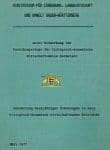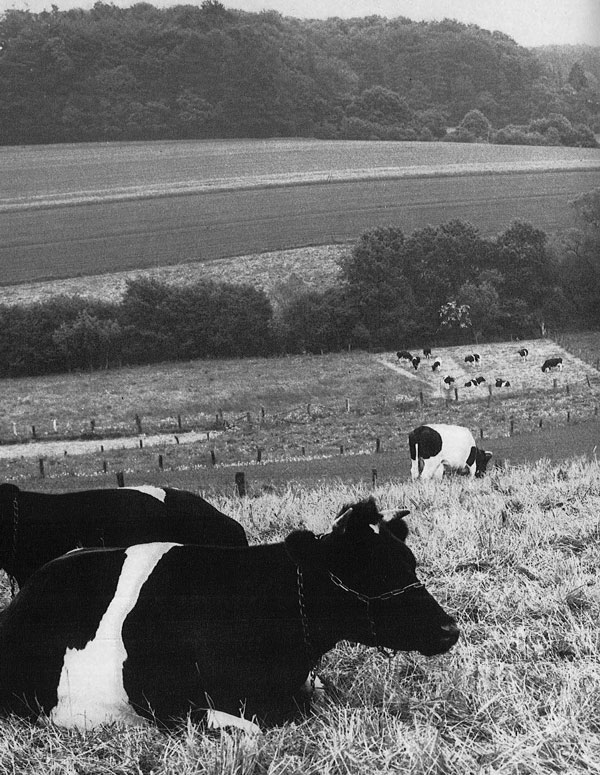Soil health testing may well have come about due to events 40 years ago this summer. In 1977, The Ministry of Agriculture of Baden-Württemberg (Germany) released a definitive study which compared conventional farming methods with “biological” – defined as farms using “alternative” management for at least 10-years. The 85-page report focused on 9 pairs of farms carefully selected based on similar soils, acreages and animal units, and subjected them to a battery of critical economic and soil quality assessments.
According to Woods End’s Will Brinton, a grad student in Europe at the time, the soil biology methods used then are essentially the same as those being used today for soil health. Among the successful early methods were: CO2-respiration, enzymes (dehydrogenase and urease for carbon and nitrogen metabolites), microbial biomass, bulk-density, porosity, CEC and soil-carbon,- not to mention azotobacter and earthworm counts. The study closely met the modern criteria to employ physical, chemical and biological tests, recognized today in soil health labs.
As to the results, while yields of alternative farms were on average slightly lower (12%- attributed to lower nutrient levels), inputs were much lower (83% less – largely due to non-use of chemical nitrogen). Soil quality however was significantly higher on the alternative farms: CO2-respiration (measured as 1-day and 7-day) ranged from 5 – 50% more, annual N-mineralization 14% higher (a separate study with 65 paired samples), enzymes 10 – 90% greater and the big showing was earthworm counts which were as much as 3.9-times more on the biologically-managed farms (all used common forms of tillage).
The cooperative study required 3 years of planning and negotiation on methods with scientists on both sides of the farming modernization debate. It was very likely the first time the ag establishment officially evaluated farm soils in a broader view than just nutrient levels, and thus counts as a soil “health” investigation on a par with with what is beginning to happen in North America. This early mode of comparative studies using soil-quality traits spread into Austria, Switzerland and Sweden and influenced numerous published studies into the present, virtually none of which show up on current literature reviews for soil health – certainly not in the USA.
Unfortunately, many people are presently reading in ag journals and media that soil health tests must be viewed with caution, are not reliable or haven’t been subjected to rigorous testing. In fact, in the USA, NRCS and other groups have initiated a process to start this all over again- but apparently without acknowledgement of all the early work. What is certainly true is that these fairly well-used methods have been long ignored by the establishment. What’s different now is that soil health testing has collapsed the barrier between organic and conventional, and creatively forced a new dialogue. Now, the pressure is on for ag organizations, farmers and consumers in America to recognize the scientific merit of moving beyond only chemical-nutrients tests which have spectacularly failed to protect our soil & water quality. Why resist tried and proven methods,- especially with so much to gain?
Author: WFB/ (Copies of the original German study report will be posted and made available at Woods End).

An 85-Page Report by the German Ministry of Agriculture found soil health advantages to alternative farming.
The studied farms were typical of the S. Germany landscape with mixed crops (all including tillage) and dairying. The biologically managed farms used few fertilizer inputs, had longer crop-rotations, more legumes and greater reliance on self-grown feeds including grains.

